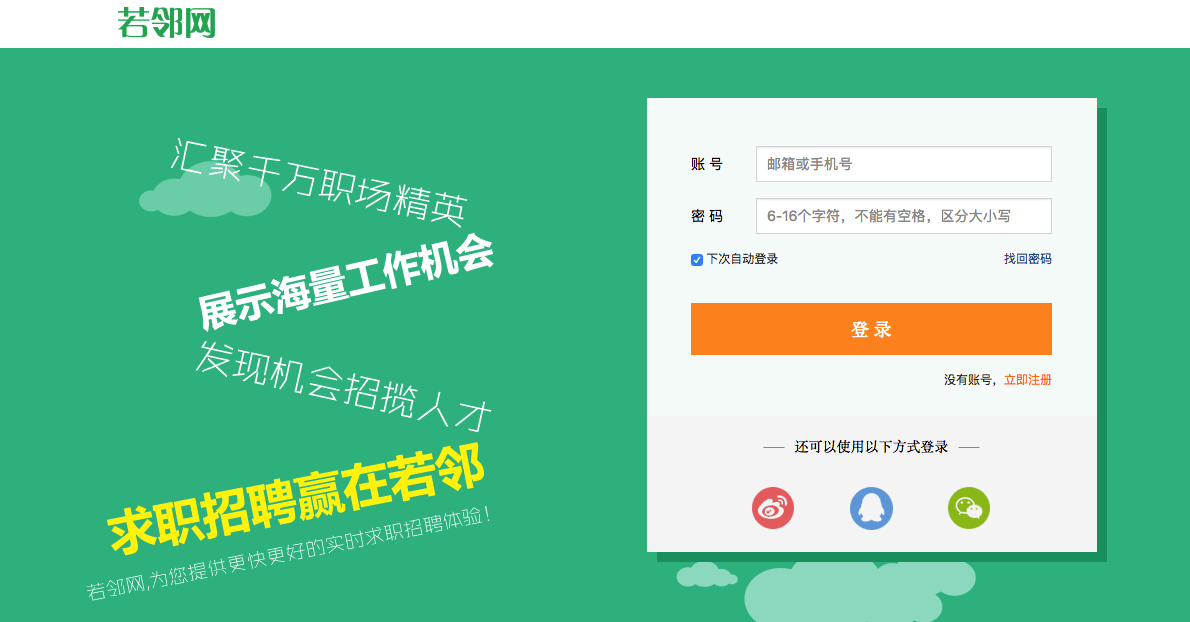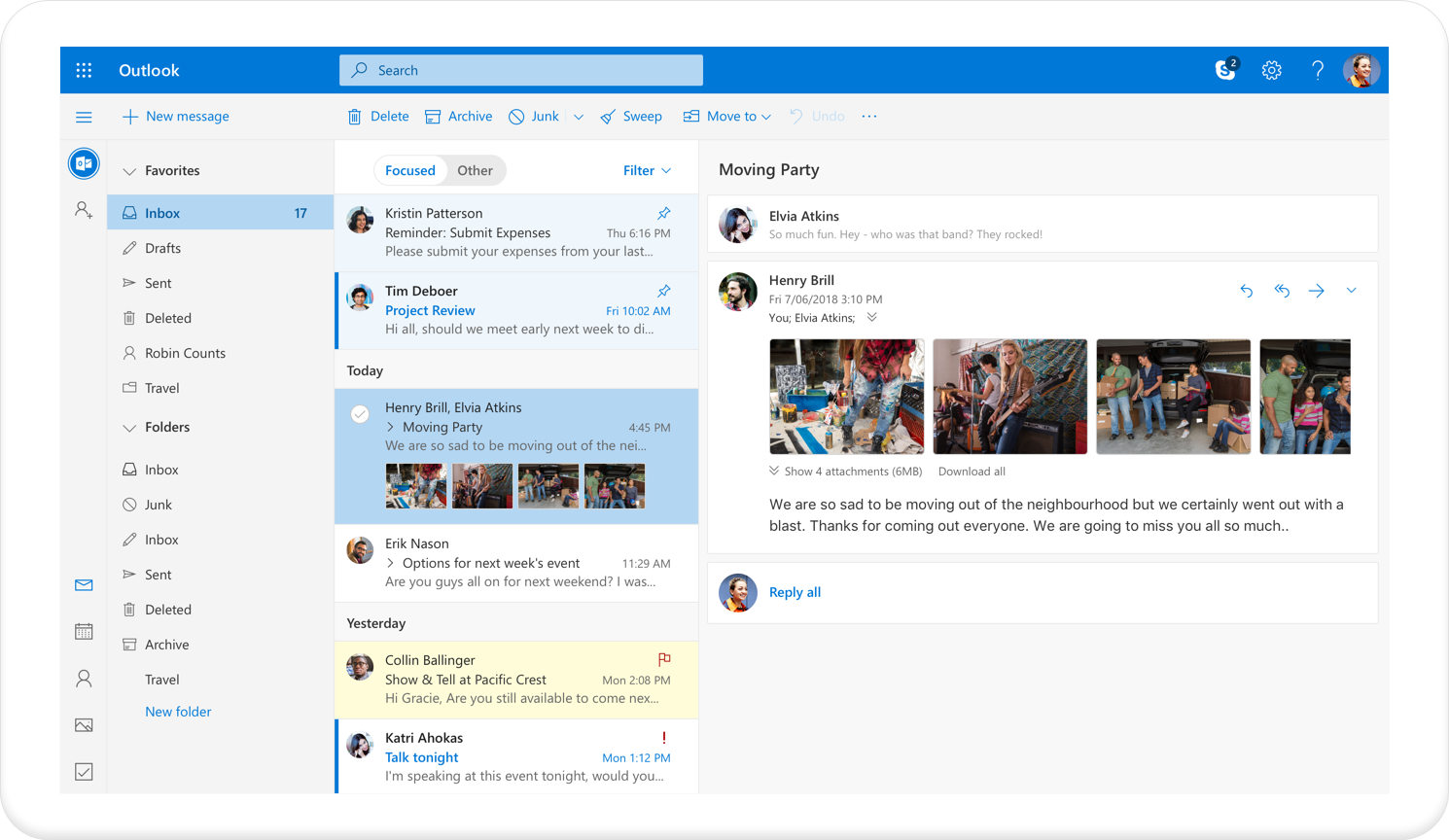Risks and Consequences of Business Model Replication: WeALink
For over a decade, “Copy2China” was a popular term on the Internet in China, defining the act of replicating innovations from overseas to China, as innovations are further developed in foreign countries. Additionally, as Chinese businesses speak highly of businesses listed on the U.S. stock market, businesses listed are deemed successful. Therefore, entrepreneurs are pleased to replicate innovations and business models from the states. To be known as the Chinese version of a brand, additionally, investors are also much willing to gamble in these Chinese versions of another.
History of WeALink
WeALink was first established in 2004 by WeALink Co., Ltd Company Limited, with headquarter of WeALink located in Shanghai, China. In 2011, after experiencing several business failures, reevaluating past experiences and determined to focus on a specific type of information technology as their specialty. Soon after the revision, series B financing was approved for WeALink. Throughout the years, after encountering several ups and downs, WeALink is now currently China’s largest business job listing platform with over several million users starting at entry-level jobs.

Misguided conviction
In 2001, when Microsoft introduced Outlook to the public, electronic mail became the primary web-based communication method, later also used as essential communication method for businesses. In 2003, Microsoft released an update for Outlook with more functions, making Outlook more flexible and convenient, bringing in a surge of users in the western countries.

Plaxo is a digital address book introduced in 2001. Throughout the first seven years of establishment, Plaxo was able to attract a surge of users with the help of Outlook, obtaining over 500 million address book and 37 billion contacts, becoming the world’s largest digital address. Later in 2008, Comcast acquired Plaxo with 1.75 billion in USD.

In 2004, soon after the release of the update for Outlook, WeALink seeing the success of Plaxo have preceded the project of replication of Plaxo in China, marketing as the leading product. The WeALink address book is a plugin programed through JavaScript, the plugin is built on the concept that when a user is sending an electronic mail, the plugin is able to provide the user with matching electronic mail address immediately with keywords, making it convenient for users, along with the function to organize contacts. Despite the success of Plaxo in western countries, WeALink address book reckon failed only after approximately a year, which was most likely to be expected.
As WeALink address book is reliant on the usage of webmail, like Outlook. And, similar to other technology replication from oversea, Outlook was unable to adapt in China. In China, the usage percentage and count is extremely low compared to western countries, and due to the heavy reliance on electronic mail for address book, WeALink address book experienced a difficult time sustaining based on a unconventional software. Therefore, WeALink address book was unable to grow like Plaxo.

Six Degree of Separation
Six degree of separation is a theory coined in 1967 by Stanley Milgram, whom is a psychology professor at Harvard. Milgram conducted an experiment to find a network connection between strangers. From his experiment, Milgram discovered between an individual and any other individual one wishes to be connected with, require no more than five connections or people. And LinkedIn is a platform developed based on this theory, for business networking and exchanges.

In the current business culture, there are two stances for any businesses. Businesses are either “seeking out” or “seek of”. Seeking out to search for partnership, which can fulfill your requirement, or seek of by other businesses to partner with as your business can fulfill their requirement. However, previously before the existence of business networking platform like LinkedIn, business owners would experience difficult time seeking out for the matching partners, but the release of LinkedIn allows businesses to rapidly search and proceed with any exchanges.
In 2006, WeALink foresaw a potential in LinkedIn’s business model. However, due to the lack of development in web-based business networking, The replication of WeALink have quickly received attention from two venture capitals, UCI and SIG, totaling up to 50 million dollars in USD for funding. Needless to say, WeALink provided opportunities to many of the businesses in China to seek out for others and seek of by others. Soon after nearly one year, WeALink attracted a large amount of users, strictly being used as a business-networking platform, as WeALink have satisfied many users expectations.

However, under the conditions of limited users, six degree of separation theory, which is the underlying function for LinkedIn, cannot be used. It may not even be possible to find the matching business or users when searching the entire platform. Aside from this issue, as information technology in China is focused on replications rather than innovation, it is punishing when any issues of the platform arises.
Business ecosystem and cultural differences
Another issue of WeALink is the cultural shock of connections. As mentioned before, business networking culture have two stances, seeking out and seek by. The idea of seeking out closely interact with your own network, and in western business culture, seeking for is the prime business model, therefore when businesses find a business who meet the requirement, the opposing business is most likely to fulfill their requests in the interest of building a relationship, all terms considered fair and profitable to a certain extend.
On the other hand, most larger corporates and enterprise in China are commonly state-controlled or state-owned, and to these business owners, business benefits are always outweighed by individual benefits. State-owned business managements rarely take initiative to expand the network or actively seek for other businesses collaboration for business growth, thus the eastern business culture is often seek of by others.
As this eastern business trend continues, the gap between corporations continues to increase, and oppression occurs during collaboration. Thus, the difference between eastern and western business culture grows further apart, nearly poles apart. For example:
- Western businesses prefers approaching, whereas Eastern businesses prefers being approached
- Western businesses create opportunities, whereas eastern businesses awaits for opportunities
- Western businesses focuses on the company benefits, whereas eastern businesses focus on extended and individual benefits
- Western businesses are treated impartially and equally, whereas eastern businesses discriminate based on a business hierarchy.

Consumer expectation and disappointments
WeALink provides exclusive access to network to members and business partners. However, these business partners and members who have paid a membership fee expect results form the platform. Business who partnered with WeALink is expecting the platform to be able to search for other who can fulfill their requests, however, the members on the other hand are paying a membership fee to have access to exclusive business opportunities to themselves, thus WeALink is unable to meet the demands of their business partners.

In conclusion, simply replicating successful business models from oversea is often fruitless due to the difference in business culture and ecosystem, inabilities to meet domestic demands, ostracized by consumers, resulting in its failures.









